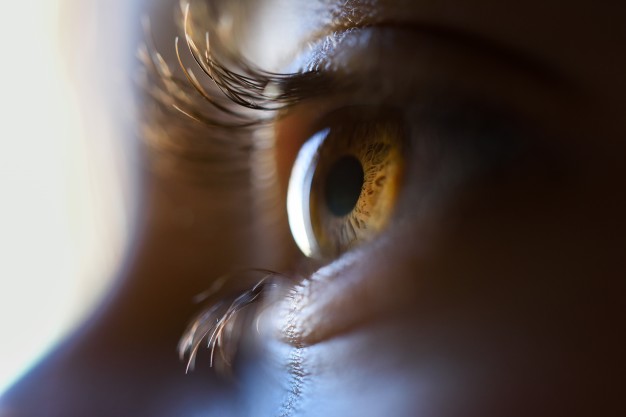Considering SMILE Eye Surgery? What You Should Know



Poor vision has nowadays become a common concern for people. Irrespective of age, you can easily find people suffering from nearsightedness. In this condition, they can see the near objects clearly. As the distance between the object and their eyes increases, it becomes blurry for them. In short, you can’t see any distant object if you have this issue. However, modern-day advancements have now made it possible to cure this problem. These improvements include methods like SMILE and ReLEx SMILE.
We will here learn more about SMILE eye surgery. So you will get to know all factors about it, ranging from its procedure to the SMILE eye surgery cost. Let’s begin with the details.
What Is SMILE Laser Surgery?
The term SMILE here stands for Small Incision Lenticule Extraction. You must be aware of the Femto-LASIK procedure that is used to cure poor vision problems. The SMILE procedure can be considered an advanced version of it. Experts perform this treatment process with the help of VisuMax femtosecond laser that can correct the nearsightedness of up to -10.0 diopters. Therefore, you can understand how effective this method of vision correction is.
Using this laser, the eye doctors form a tiny, lens-shaped tissue (lenticule) within your eye’s cornea. Then they move forward to make an arc-shaped incision on the cornea’s surface to remove this lenticule tissue. Finally, they discard the tissue.
Why SMILE Laser Surgery?
There are several conventional methods available for vision correction. However, SMILE laser surgery provides various benefits over these techniques. That is why doctors prefer it over the traditional LASIK and other methods. Some of these advantages include:
- SMILE doesn’t involve and flap folding and is much simpler
- While LASIK could only treat patients with up to -8 diopters of nearsightedness, ReLEx SMILE can cure patients having up to -10 diopters of short-sightedness.
- SMILE requires only a small incision for treating the cornea
- SMILE is much more effective, precise, and safe as compared to the LASIK method.
- The ReLEx SMILE can also be used for dry eye people because it doesn’t affect the tear flow. On the other hand, methods like LASIK increases tear flow.
These factors make SMILE better than LASIK. Hence, both experts and patients prefer it over any conventional method.
Safety Of SMILE Laser Surgery
As stated earlier, the SMILE procedure is much safer as compared to its traditional alternatives. We can say this because the treatment doesn’t involve any possibility of flap-related complications. Plus, the incision made here is 80% smaller than that of LASIK. Thus, the cornea remains more stable after the procedure, and the chances of corneal thinning also reduce. All in all, you can opt for this surgery without any worries. However, you should still consult a reliable eye doctor prior to it. They will analyze your medical condition to ensure that you are eligible for the treatment.
SMILE Laser Surgery Limitations
Despite being highly efficient and safe, there are certain limitations associated with SMILE laser surgery. These include:
- The SMILE procedure is limited to myopia or nearsightedness. If you have farsightedness, you will still have to rely on LASIK and PRK methods.
- After the SMILE procedure, you may still require PRK to correct any residual Refractive Error.
- In some cases, SMILE tends to increase your Higher-Order Aberrations (HOAs), affecting your night vision. Contrastingly, LASIK and PRK methods tend to treat this HOA.
So you have to get your eyes checked by a reliable doctor before opting for the SMILE procedure. Only they can advise you whether you are fit for the treatment or not.
Conclusion
We hope all these details helped you understand everything about SMILE laser surgery. For the cost aspect, you will have to contact your respective eye clinic because it differs for different places and cases. Once the doctor analyzes your unique case, they can tell you the exact associated expenses. So you can prepare yourself for that.
Read More: Handling Anxiety And Depression With Kratom



